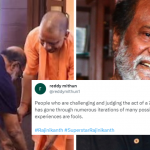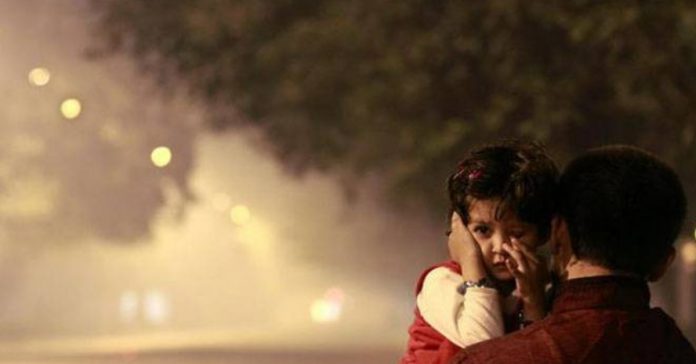
Contributed by M.S.J.Nayak and Malini (Audiologist specialized in speech and hearing science).
As people are gearing up to celebrate Deepavali with sparkling lights and sounds, they need to be forewarned against hazardous noise and its impact on health, and happiness.
1.1 Billion People Are At Risk
In the enthusiasm of bursting crackers, people seem to be forgetting the imminent dangers of it. Nearly 1.1 billion People between 12 and 36 years across the world (12%) are at risk of developing hearing loss from occupational and recreational noise exposure. Yes, noise is not good. But what can we do about it? It warrants a collective effort.
In simple term, noise is any unwanted or objectionable sound. One’s music could be another’s noise. Sources of noise are aplenty; traffic, industrial, music systems, firecrackers and so on? Worldwide 16% of the disabling hearing loss in adults is attributed to noise, ranging from 7 to 21%. It is pertinent to keep a watch on firecracker noise. During Deepavali, children may end up in hospitals with a ruptured eardrum. Close proximity to the cracker is the cause. The eardrum may heal on its own or sometimes the damage may require surgical correction or even irreversible.
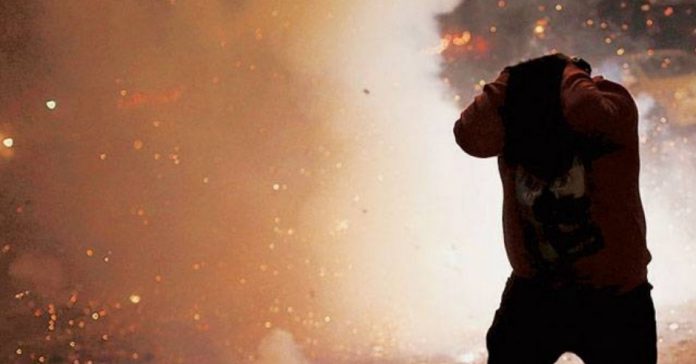
Why That Noise-ance?
Noise causes high blood pressure, sleep disturbance, mental disturbance, poor cognitive function, digestive problems, irritation & misunderstandings, decreased working capacity and disturbed interpersonal relationships.
Loss of hearing is the ultimate effect of noise. It can be caused by a long-term exposure to an industrial and or community noise or just by sudden loud sound (eg. cracker) leading to acoustic trauma.
Our hearing system relies on tiny and delicate structures (called hair cells) inside our ears, not to confuse with the hair that project out of our ears. Beware these micro structures don’t regenerate. When once gone, it is gone forever. Hearing loss impedes a person’s ability to communicate, socialize, learn, work and enjoy life, contributing to poverty, social isolation, and feelings of loneliness.
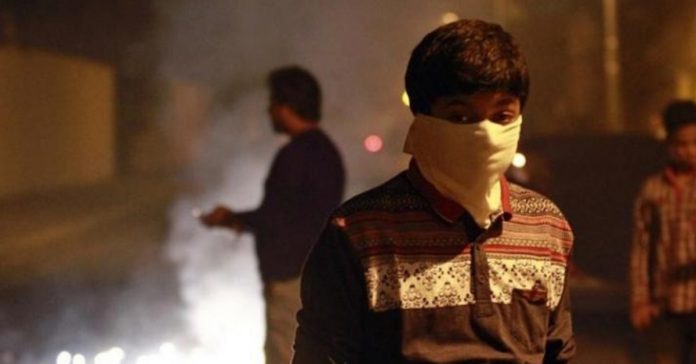
How much noise is OK?
Noise is measured in decibel (dB) and sound level meters (SLM) are used for that purpose. A prolonged exposure of sound over 80 dB for 8 hours is unsafe. However, for a loud sound like that of a cracker, it could take less than a second to cause a permanent damage. The noise-related hearing loss is 100% preventable.
The sound levels of the 9 common crackers that are available in the market were measured. The analysis showed that the noise levels produced by the crackers ranged from 89.4dBA to 123.6dBA at a 1 meter distance.
Experts and audiological scientists acknowledge, any sound greater than 115 dB can hurt the individual. Besides 115 db is the threshold of pain, loud noise can cause a traumatic experience. In the view of this, it is wise to keep away from such harmful crackers.
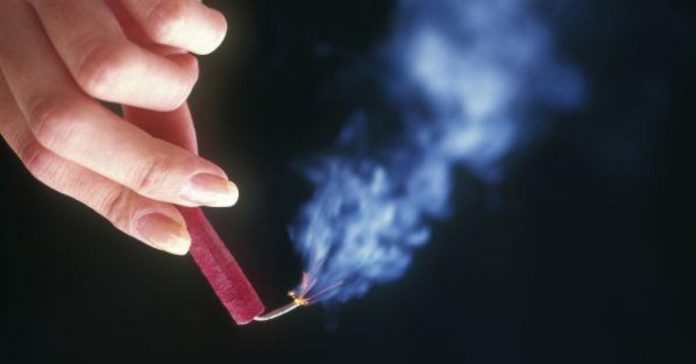
Symptoms of sudden hearing loss
⦁ The feeling of “fullness” in your ears
⦁ Ringing or buzzing in your ears
⦁ Sudden difficulty in understanding speech
What needs to be done? Right away the recent Supreme Court order on Deepavali sound levels is a great positive step. More awareness is the key. No matter what is being told, the ultimate action lies with the public. After all, Deepavali is a festival of light and not sound, choose fireworks that emit light over the ones that make noises. Let’s conserve our hearing life and environment for our own enjoyment and need.
If You don’t want to miss our next Post then Like and Follow MetroSaga on Facebook and Instagram or simply download our Android App
You can also Subscribe to MetroSaga for newsletters.




